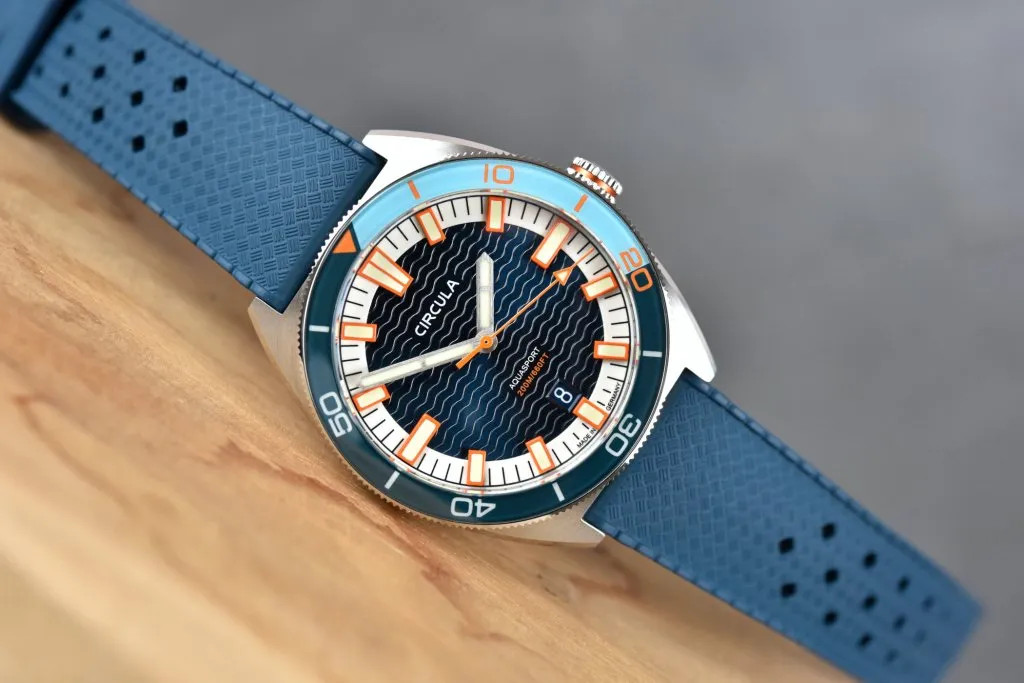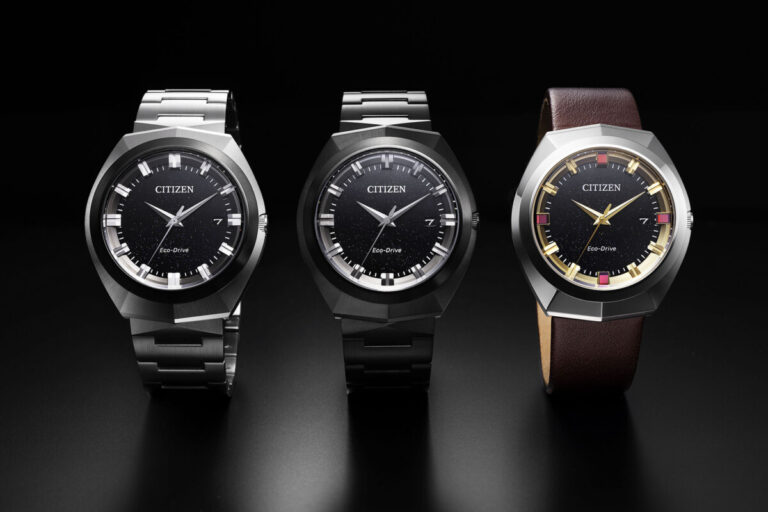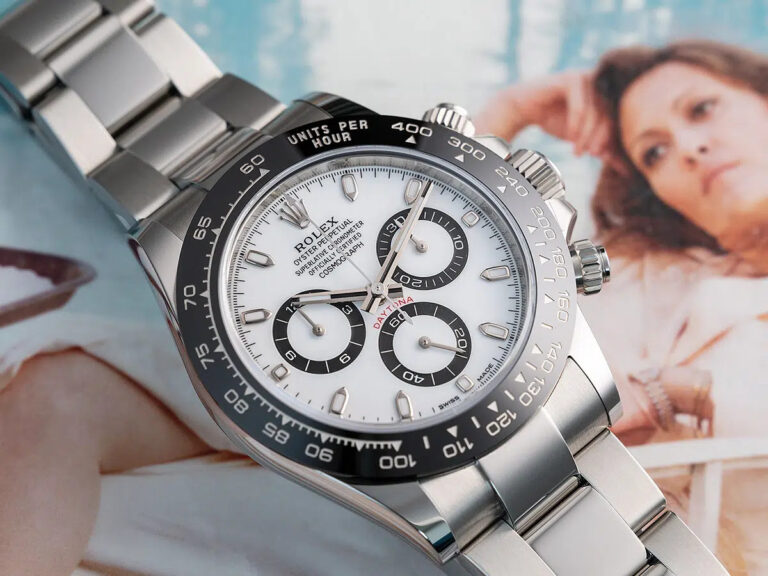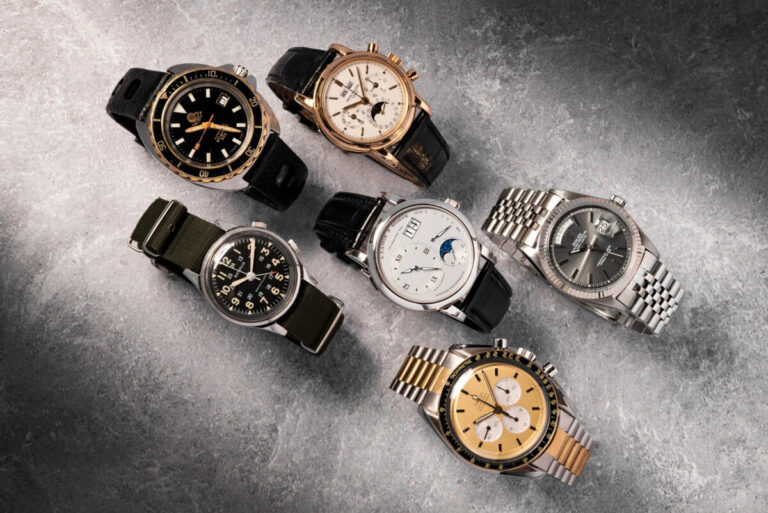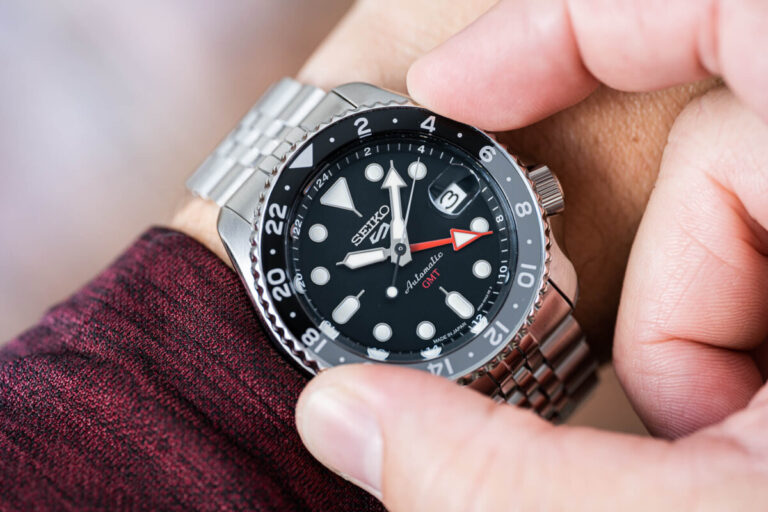When it comes to timepieces, the watch glass plays a crucial role in both aesthetics and functionality. As a protective barrier for the dial and movement, the types of watch glasses you choose can significantly impact your timepiece’s durability, clarity, and overall value. In this comprehensive guide, we’ll delve into the three main types of watch glasses: sapphire, mineral, and plastic. By understanding the differences between these options, you’ll be better equipped to make informed decisions about your watch purchases and maintenance.
Watch glasses, also known as watch crystals, come in various forms, each with its own set of advantages and drawbacks. Whether you’re a seasoned collector or a casual wearer, knowing the distinctions between sapphire, mineral, and plastic watch glasses can help you choose the right timepiece for your needs and budget.
Let’s explore each type of watch glass in detail, examining their properties, applications, and how they affect your watch’s performance and value.
Sapphire Crystal: The Premium Choice
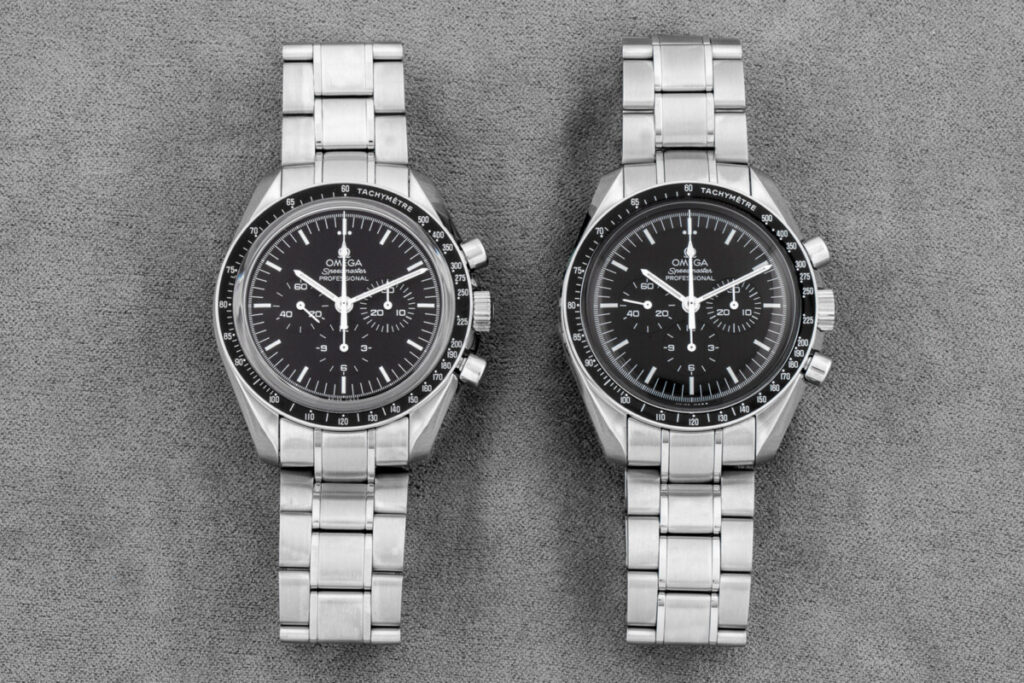
Sapphire crystal is widely regarded as the top-tier option among watch glasses. Its popularity in high-end timepieces is well-deserved, thanks to its exceptional durability and clarity. Here’s what you need to know about sapphire crystal:
- Unmatched Hardness and Scratch Resistance
One of the most significant advantages of sapphire crystal is its incredible hardness. On the Mohs scale of mineral hardness, sapphire scores a remarkable 9 out of 10, surpassed only by moissanite and diamonds. This exceptional hardness translates to superior scratch resistance, making sapphire crystal an ideal choice for everyday wear watches that may encounter various obstacles.
- Manufacturing Process
Despite its name, sapphire crystal isn’t actually glass at all. It’s a synthetic material produced in a laboratory using high-heat crystallization techniques. The resulting product is a ceramic-like substance that’s cool to the touch and incredibly durable.
- Clarity and Anti-Reflective Coating
Sapphire crystals often come with an anti-reflective coating, enhancing the clarity of the watch dial. This coating reduces glare and improves readability in various lighting conditions, making it easier to tell time at a glance.
- Historical Use and Prestige
While sapphire has been used in watchmaking since the 1930s, it didn’t become widespread until the 1970s. Rolex pioneered its use in luxury watches with their ref. 5100 model, setting a new standard for high-end timepieces. Today, sapphire crystal is the go-to choice for prestigious brands like Patek Philippe, Vacheron Constantin, and Grand Seiko.
- Shatter Resistance
Although sapphire crystal is extremely hard, it’s not entirely shatterproof. However, the level of impact required to fracture a sapphire crystal is far beyond what most users will ever encounter in daily life. This makes it an excellent choice for luxury watches and everyday timepieces alike.
- Cost Considerations
The superior qualities of sapphire crystal come at a price. Watches with sapphire crystals are typically more expensive than those with mineral or plastic glasses. However, many watch enthusiasts consider this a worthwhile investment, given the long-term durability and scratch resistance sapphire provides.
Mineral Crystal: The Mid-Range Contender
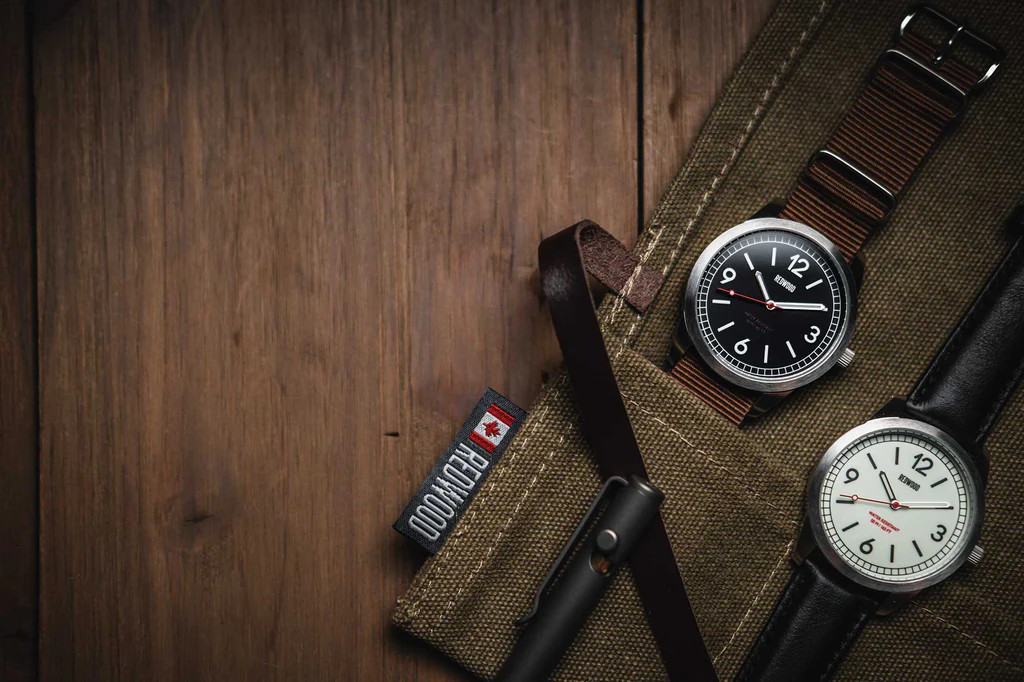
Mineral crystal occupies the middle ground between sapphire and plastic watch glasses. It offers a balance of durability and affordability that makes it a popular choice for many mid-range watches. Here’s what you should know about mineral crystal:
- Improved Durability Through Treatment
Modern mineral crystals have come a long way from their fragile predecessors. Today’s mineral watch glasses undergo heat or chemical treatments to enhance their durability. These treatments result in a level of shatterproof flexibility that can even surpass sapphire in some aspects.
- Clarity and Reflectiveness
Mineral crystals are naturally less reflective than sapphire, providing excellent clarity without the need for additional coatings. This property makes them a cost-effective choice for watches where dial legibility is important.
- Scratch Resistance
While not as scratch-resistant as sapphire, mineral crystals offer significantly better protection against scratches compared to plastic options. This makes them suitable for daily wear watches that may encounter occasional bumps and scrapes.
- Cost-Effectiveness
One of the main advantages of mineral crystal is its affordability. It strikes a balance between durability and cost, making it a popular choice for mid-tier watch brands. This allows manufacturers to allocate more of their budget to other components, such as movements or case materials.
- Proprietary Versions
Some watch brands have developed their own proprietary mineral crystals. For example, Seiko’s Hardlex is a specially formulated mineral crystal known for its durability and clarity. These proprietary versions often offer enhanced performance compared to standard mineral crystals.
- Sapphire-Coated Mineral Crystals
Some manufacturers offer sapphire-coated mineral crystals as a compromise between full sapphire and standard mineral options. While these provide improved scratch resistance, it’s essential to be aware that they may not offer the same level of protection as a solid sapphire crystal.
Plastic/Acrylic: The Budget-Friendly Option
Plastic or acrylic watch glasses are the most affordable option on the market. While they may lack the durability and clarity of their crystal counterparts, they offer unique advantages that make them suitable for certain types of watches. Let’s explore the characteristics of plastic watch glasses:
- Affordability and Accessibility
The primary advantage of plastic watch glasses is their low cost. This makes them an attractive option for budget-friendly watches and allows manufacturers to offer timepieces at more accessible price points.
- Lightweight Properties
Acrylic watch glasses are significantly lighter than their crystal counterparts. This can be beneficial for large watches or those designed for sports and outdoor activities, where weight is a consideration.
- Easy Replacement and Repair
One of the most significant advantages of plastic watch glasses is their ease of replacement and repair. Minor scratches can often be buffed out using simple household items like toothpaste. When replacement is necessary, it’s typically a quick and inexpensive process.
- Impact Resistance
While not as scratch-resistant as crystal options, plastic watch glasses offer superior impact resistance. This makes them suitable for watches designed for rugged use or as “beater” watches that may encounter frequent bumps and knocks.
- Design Versatility
The malleable nature of plastic allows for greater design flexibility. Acrylic watch glasses can be easily shaped into various forms, including flat, slightly concave, or domed designs. This versatility makes them popular for vintage-inspired watches and unique design concepts.
- Visual Effects
The softer nature of plastic creates interesting visual effects, particularly in domed designs. Some watch enthusiasts appreciate the slight distortion and vintage aesthetic that acrylic watch glasses can provide.
Choosing the Right Watch Glass for Your Needs
When selecting a watch or considering a crystal replacement, it’s essential to weigh the pros and cons of each type of watch glass. Here are some factors to consider:
- Watch Type and Usage
Consider how and where you’ll be wearing the watch. For luxury or dress watches, sapphire crystal is often the best choice due to its scratch resistance and clarity. For sports or outdoor watches, the impact resistance of mineral or plastic might be more suitable.
- Budget Considerations
Sapphire crystal watches are typically more expensive, but they offer long-term durability. Mineral crystal provides a good balance of performance and cost, while plastic is the most budget-friendly option.
- Aesthetic Preferences
If you prefer the look of vintage watches, you might appreciate the visual effects of a domed acrylic crystal. For modern, sleek designs, the clarity of sapphire or mineral might be more appealing.
- Maintenance and Replacement
Consider the long-term care of your watch. Sapphire is the most durable but also the most expensive to replace. Plastic is easy and cheap to replace but may require more frequent attention.
- Brand and Model Specifics
Some watch models are designed with specific crystal types in mind. Changing from the original specification might affect the watch’s water resistance or overall design integrity.
Conclusion
Understanding the different types of watch glasses is crucial for any watch enthusiast or potential buyer. Each option – sapphire, mineral, and plastic – has its own set of advantages and drawbacks that cater to different needs and preferences.
Sapphire crystal remains the gold standard for luxury timepieces, offering unparalleled scratch resistance and clarity. Mineral crystal provides a cost-effective middle ground with good durability and clarity. Plastic or acrylic watch glasses offer affordability, impact resistance, and design versatility, making them suitable for certain types of watches and budget-conscious consumers.
When choosing a watch or considering a crystal replacement, take into account factors such as your lifestyle, budget, and aesthetic preferences. By understanding the properties of each type of watch glass, you can make an informed decision that ensures your timepiece not only looks great but also stands up to your daily wear and activities.
Remember, the right watch glass can enhance your timepiece’s longevity, functionality, and overall enjoyment. Whether you opt for the premium protection of sapphire, the balanced performance of mineral, or the practicality of plastic, choosing the appropriate watch glass is an important step in finding or maintaining the perfect watch for your needs.

